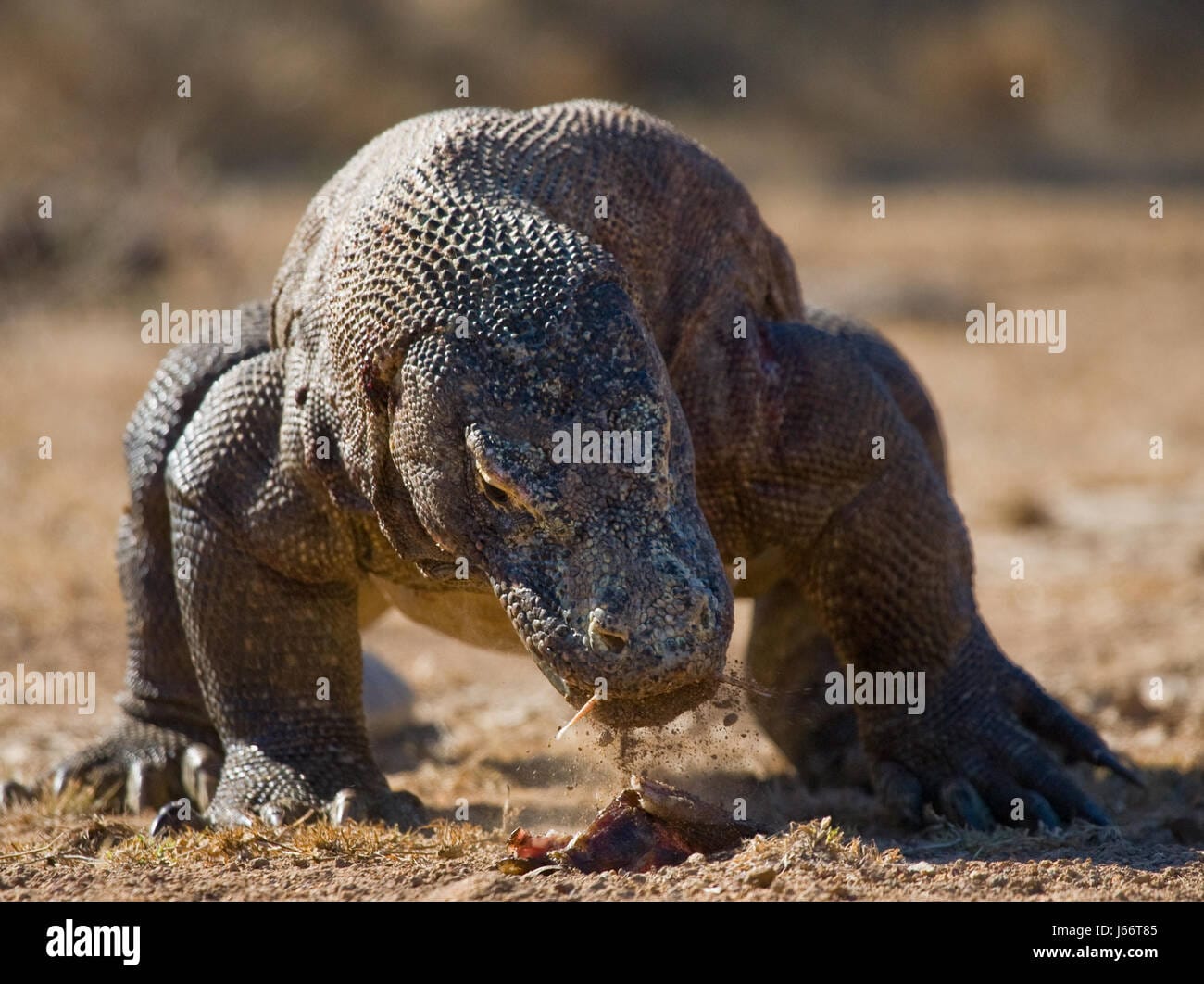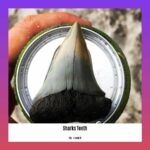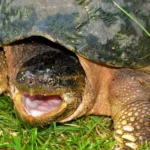Unveiling the Myths and Realities of Komodo Dragon Attacks
Komodo dragons, the world’s largest lizards, are apex predators with a fearsome reputation. Their venomous bite, sharp teeth, and bacteria-laden saliva make them formidable hunters, capable of taking down prey much larger than themselves. But what about humans? Are these giant reptiles truly man-eaters, as some stories suggest?
Delving into the Komodo Dragon’s World
These ancient reptiles are native to a handful of Indonesian islands, where they rule their domain. Their diet primarily consists of deer, pigs, and smaller reptiles, but they are also opportunistic scavengers, often feasting on carrion. This scavenging behavior, coupled with their powerful sense of smell, leads them to locate and consume large carcasses, even digging up graves to access human remains.
So, while Komodo dragons don’t actively hunt humans, the question remains: could they eat a person?
The Shocking Truth About Komodo Dragon Attacks
While rare, attacks on humans are not unheard of. The Smithsonian Magazine documented a fatal attack on an eight-year-old boy in 2007, the first in over three decades. These incidents often occur due to provocation, entering their territory, or being mistaken for prey, especially if the person is small, squatting, or near a food source.
Adding to their fearsome reputation is their venomous bite. While previously believed to rely solely on bacteria in their saliva, recent research suggests that Komodo dragons possess venom glands that inject toxins when they bite. This venom acts as an anticoagulant, preventing blood clotting, and can cause hypotension, leading to weakness, shock, and potentially death.
Could a Komodo Dragon Swallow a Human Whole?
Although no documented cases exist of a Komodo dragon swallowing a human whole, their powerful jaws, sharp teeth, flexible adaptations, and potent venom make it a chilling possibility. Their ability to consume large prey, coupled with documented instances of scavenging human remains, suggests that it is theoretically possible, particularly with a smaller individual. However, the likelihood of such an event is exceptionally low.
Protecting Both Dragons and People
Thankfully, Komodo dragons are a protected species, with much of their habitat falling under the watchful eyes of Komodo National Park. Park rangers work tirelessly to implement safety measures and educate visitors about responsible behavior around these incredible creatures.
Key Points:
- Komodo dragons are not intentionally malicious towards humans.
- Attacks are typically caused by mistaken identity (as prey) or perceived threats.
- Habitat encroachment and food scarcity can contribute to encounters with humans.
- Provocative human actions can escalate situations with Komodo dragons.
- Komodo dragons are protected species within Komodo National Park.
- Responsible behavior around Komodo dragons includes maintaining distance, refraining from feeding them, and respecting their territory.
- Coexistence between humans and Komodo dragons is possible through education and conservation efforts.
By understanding these ancient creatures, respecting their boundaries, and practicing caution in their territory, we can strive for peaceful coexistence. After all, it’s our shared responsibility to ensure the well-being of all creatures, even those with sharp claws and a taste for wild boar.
- Unveiling the Enigma: Mansoureh Khojasteh Bagherzadeh’s Public Appearances & Private Life in Iran - July 18, 2025
- Unveiling the Mystery: Mansoureh Khojasteh Bagherzadeh’s Husband: A Rare Glimpse into a Private Life - July 18, 2025
- Unveiling Masoud Khamenei’s Mother: Power, Influence, and Iran’s Future - July 18, 2025
















